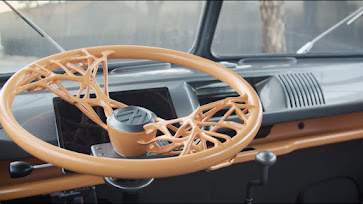Blended wing body aircraft design

Blended wing body aircraft design Yeh more aircraft capacity then conventional aircraft The BWB form minimises the total wetted area - the surface area of the aircraft skin, thus reducing skin drag to a minimum. It also creates a thickening of the wing root area, allowing a more efficient structure and reduced weight compared to a conventional craft. NASA also plans to integrate Ultra High Bypass (UHB) ratio jet engines with the hybrid wing body. Potential advantage A conventional tubular fuselage carries 12-13% of the total lift compared to 31-43% carried by the centerbody in a BWB, where an intermediate lifting-fuselage configuration better suited to narrowbody sized airliners would carry 25-32% for a 6.1% - 8.2% increase in fuel efficiency Advantage Significant payload advantages in strategic airlift, air freight, and aerial refueling roles Increased fuel effi...





